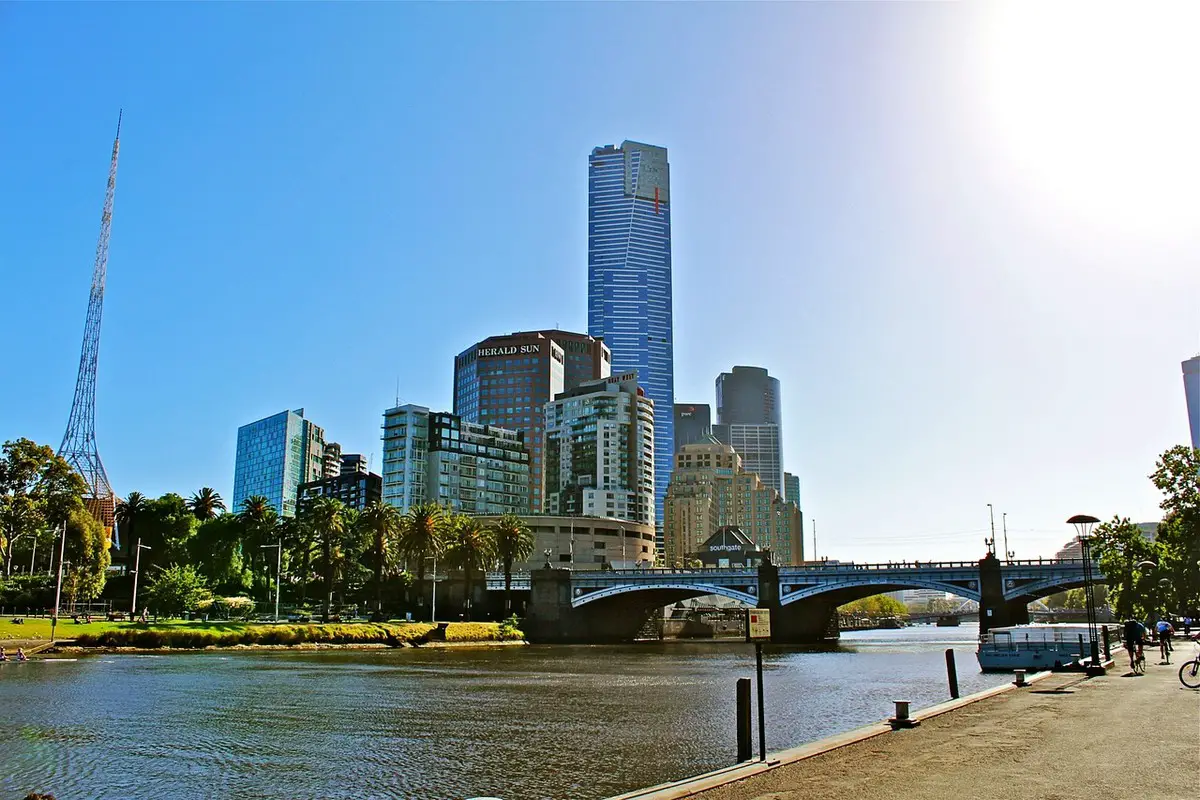Water-wise landscaping for Melbourne gardens guide, Victoria landscape care, Australian gardening solutions
Water-Wise Landscaping Solutions for Melbourne Gardens
11 June 2024
When you own and care for a beautiful garden, you may find that you need to use a significant amount of water. Thankfully, there are a lot of things that we can do to cut down on the amount of water that we consume and waste. A beautiful water-wise garden may be created with the help of these eight suggestions.
Make meticulous preparations. It is possible to alleviate a significant amount of tension in the future of your gardening endeavours by planning before you plant. Use the light, shade, soil, and wind to determine which portions of your yard are most suited for planting. Choose plants that have a lower water need by their very nature, and put them together according to the amount of water they require.
Water-Wise Garden Landscape
Ensure that you are aware of the means by which you will provide the plants with water before you plant them. Will you be required to transport water to a rear area of your yard?
Alter your soil in some way. Increasing the quantity of organic matter in your soil may have a significant impact on the amount of water that is required. Soils are composed of particles of varying sizes. If the bulk of the particles in the soil are big, such as sand, then the soil will be able to absorb a much greater quantity of water in a much shorter amount of time than if it were composed of smaller particles, such as clay.
Water is retained by mulch. By preventing evaporation and preventing weeds from drying out, a layer of mulch that is around eight inches thick may significantly cut down on the amount of water that a garden requires. The capacity of organic mulches to retain water within themselves and to increase the level of humidity surrounding your plants is a significant benefit of using them. For the most part, organic mulches are composed of grass, hay, straw, and leaves.
Inorganic mulches include items like rubber tree rings and the “pro weed mat.” If you want to improve the water efficiency of your garden, you should switch to organic mulches instead.
If you do routine care on your plants, they will remain healthier, and when they are healthier, they will use less water than when they are thirsty or disturbed about their condition.
Maintenance tasks that are very straightforward, including thinning, insect management, and pruning, may help your plants maintain their health and reduce the amount of moisture they need.
Put rainwater to use. The water that falls from the sky is untreated, natural, and free. Both you and your plants will benefit the most from using rainwater as a source of water. During storms, you may collect rainwater by using barrels, or you can use a cistern to collect water straight from the downspouts from the roof. Or, you might go for some rainwater tanks that are designed expressly for use in the garden.
Think about removing part of the grass. It is possible to conserve a significant quantity of water by reducing the size of your lawn. In addition to being highly thirsty, turf grass demands a significant amount of maintenance.
If you reduce the size of your garden and get rid of part of the grass, you may save a significant amount of water. As an alternative, you may want to think about utilising mulch and hanging some low-maintenance plants.
In addition to conserving water, watering your plants and yard in the morning offers several other benefits. By watering early, you can significantly reduce evaporation throughout the day, ensuring that the moisture reaches the roots where it’s needed most. This efficient watering method not only conserves water but also promotes healthier plant growth by providing ample hydration when plants are most receptive.
Furthermore, morning watering is effective in warding off pests such as moulds and snails. By moistening the soil early in the day, you create an environment less favourable for these pests, helping to prevent infestations and maintain the health of your plants.
Introducing natural plant species that thrive in dry conditions is another effective strategy for conserving water in your garden. By selecting drought-resistant plants native to your region, you can significantly reduce the amount of direct watering they require.
These resilient plants are adapted to survive with minimal water, making them well-suited for landscaping practices for Melbourne gardens. Additionally, natural plant species often require less maintenance and are more resistant to pests and diseases, further enhancing the sustainability and resilience of your garden ecosystem.
By incorporating morning watering practices and selecting drought-resistant plant species, you can create a water-efficient and environmentally friendly garden that thrives with minimal water consumption. These simple yet effective landscaping strategies not only conserve water but also promote the health and vitality of your outdoor space, ensuring its long-term sustainability and beauty.
Comments on this guide to Water-wise landscaping for Melbourne gardens article are welcome.
Melbourne Architectural Designs
Contemporary Melbourne Architecture Designs – architectural selection below:
New Melbourne Buildings : current, chronological list
Melbourne Architecture Tours by e-architect
Home Garden Designs
Property Gardens Design
Top trends in outdoor spaces in 2024
How to turn your garden into relaxing retreat
Transform your outdoor space into a retreat
Building Posts
Residential Architecture
Comments / photos for the Water-wise landscaping for Melbourne gardens advice page welcome.







